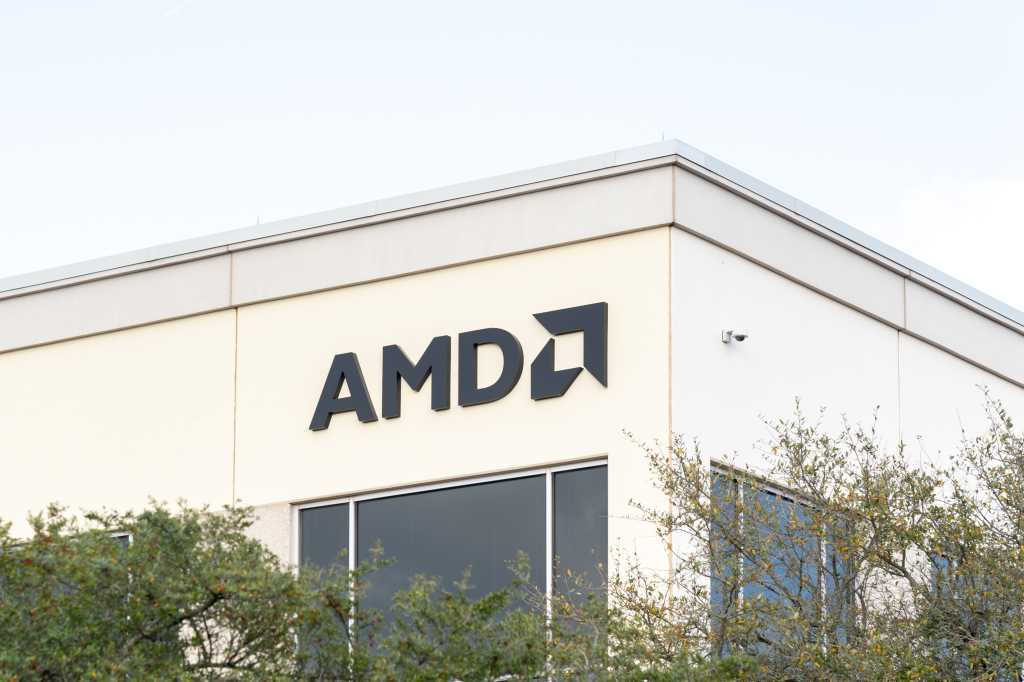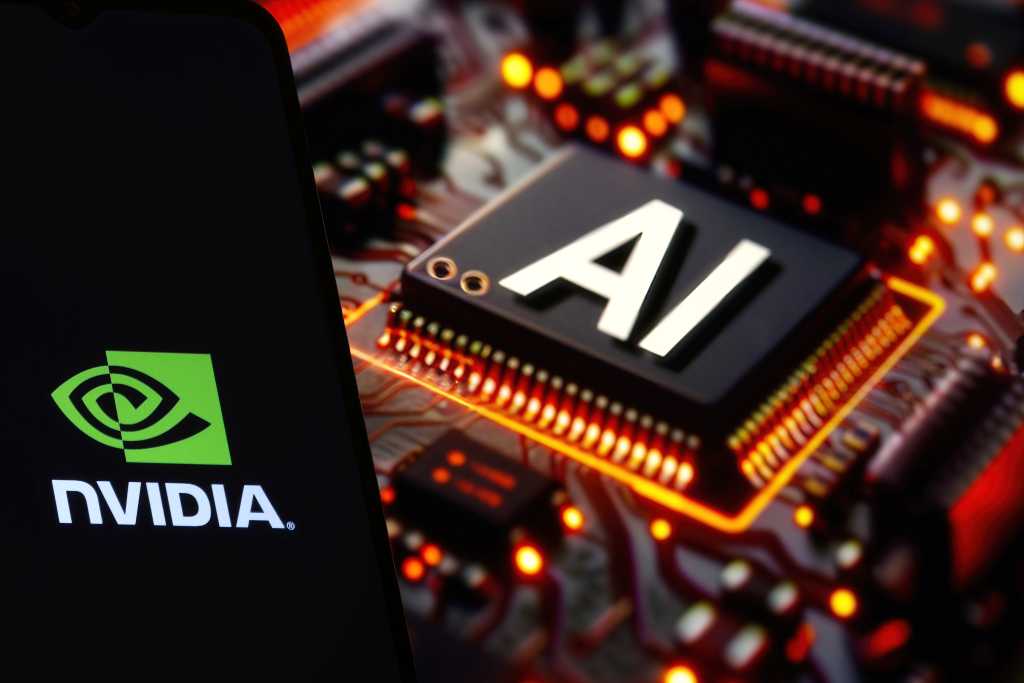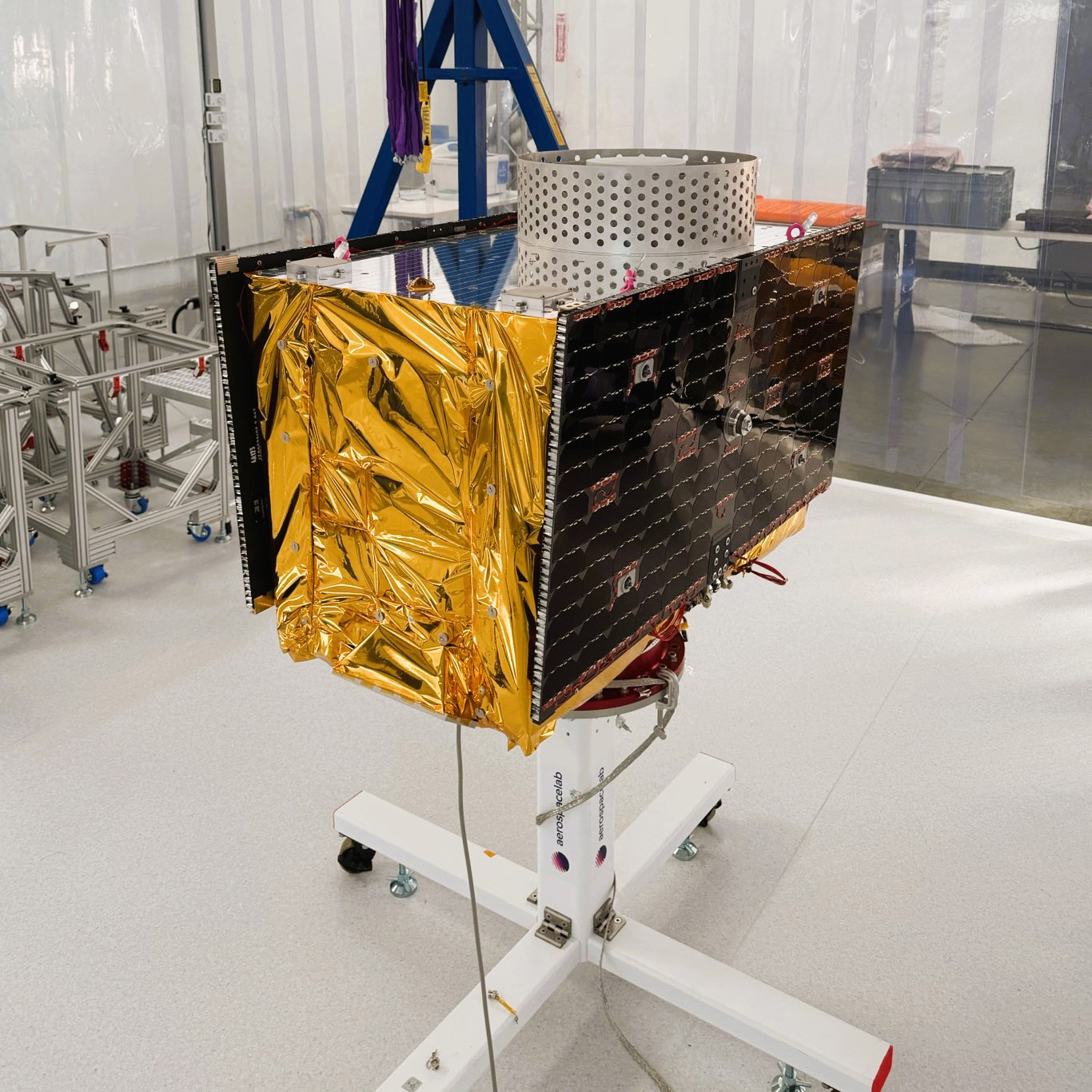
According to Greyhound Research, nearly 67 percent of global CIOs identify software maturity, particularly in middleware and runtime optimization, as the primary barrier to adopting alternatives to Nvidia.
Brium’s compiler-based approach to AI inference could ease this dependency. While Nvidia still leads among developers, AMD’s expanding open-source stack, now backed by Brium, aims to boost performance and portability across more AI environments.
“Brium addresses one of the most persistent gaps in enterprise AI deployment: the reliance on CUDA-optimized toolchains,” said Sanchit Vir Gogia, chief analyst & CEO of Greyhound Research. “By focusing on inference optimization and hardware-agnostic compatibility, Brium enables pretrained models to execute across a wider range of accelerators with minimal performance trade-offs.”
While it won’t immediately equalize the playing field, it gives AMD a stronger foothold in building a coherent, open alternative to Nvidia’s tightly integrated stack.
The acquisition also signals a shift in AMD’s strategy from a hardware-centric focus to a broader push for full-stack AI platform competitiveness.
“This wave of software-led acquisitions signals AMD’s readiness to compete in the most decisive arena of enterprise AI: trust,” Gogia said. “Nod.AI’s compiler work, Mipsology’s FPGA bridge, Silo AI’s MLOps capabilities, and now Brium’s runtime optimization represent a deliberate effort to serve every phase of the AI model lifecycle.”
Enterprises looking to migrate AI workloads from Nvidia to AMD hardware face three major hurdles.
“First, software incompatibility is a major hurdle because many AI models and pipelines are CUDA-optimized for Nvidia and don’t run natively on AMD hardware, requiring complex conversion with frameworks,” said Manish Rawat, semiconductor analyst at TechInsights. “Second, achieving comparable performance on AMD GPUs demands deep expertise in AMD-specific memory management, kernel tuning, and runtime optimization. Third, the ecosystem is Nvidia-centric, with many tools and libraries lacking AMD support, complicating adoption.”





















